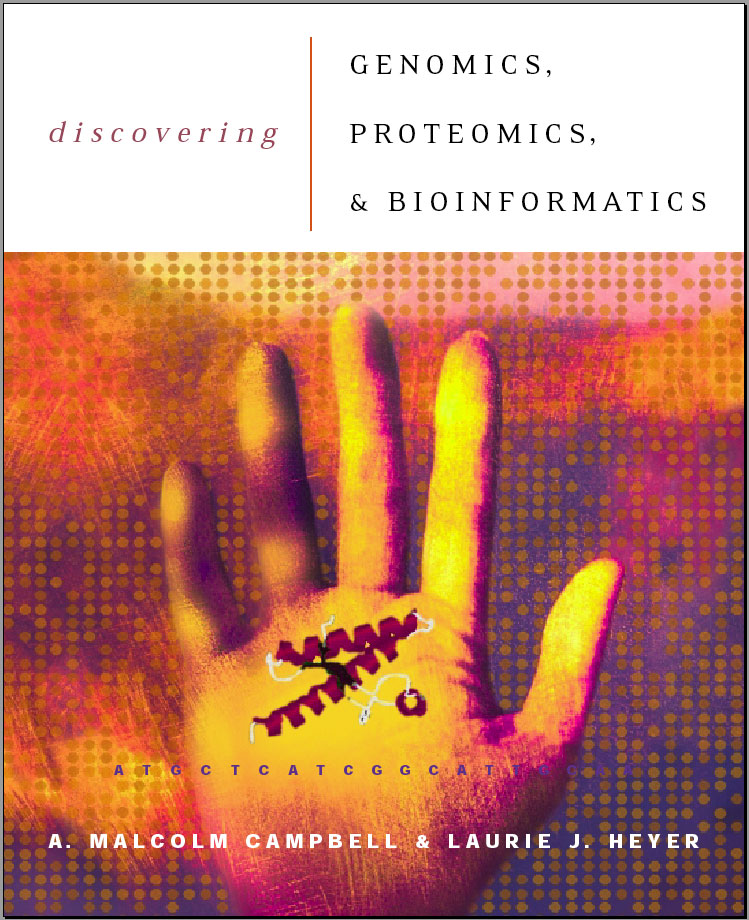Unit Two
Genome Expression
Chapter 4: Basic Research with DNA Microarrays
Section 4.1 Introduction to Microarrays
- What happened to my home brew?
- What can we learn from stressed out yeast?
- Why are there so many copies of some genes but not others?
- How well do promoters control gene expression?
- Are promoters able to work in reverse?
Math Minutes:
4.1 How do you transform the data to avoid fractions?
4.2 How do you measure similarity between expression patterns?
4.3 How do you cluster genes?
Section 4.2 Alternative Uses of DNA Microarrays
- Why do so many different genes share the same expression profile?
- Can cells verify their own genes?
Math Minutes:
4.4 Is it useful to compare the columns of a gene expression matrix?
Chapter 5: Applied Research with DNA Microarrays
Section 5.1 Cancer and Genomic Microarrays
- Are there better ways to diagnose cancer?
- Can breast cancer be categorized with microarrays, too?
- What genomic changes occur in cancer cells?
Math Minutes:
5.1 What are signature genes, and how do you use them?
Section 5.2 Improving Healthcare with DNA Microarrays
- Why is the tuberculosis vaccine is less effective now?
- How does this drug work?
- Can we predict which drugs will work best in different cancers?
- What happens when you accumulate fat?
Methods for Genomic DNA Microarrays
15 Second Biographies of Microarray Researchers
Chuck Close and DNA Micorarrays
